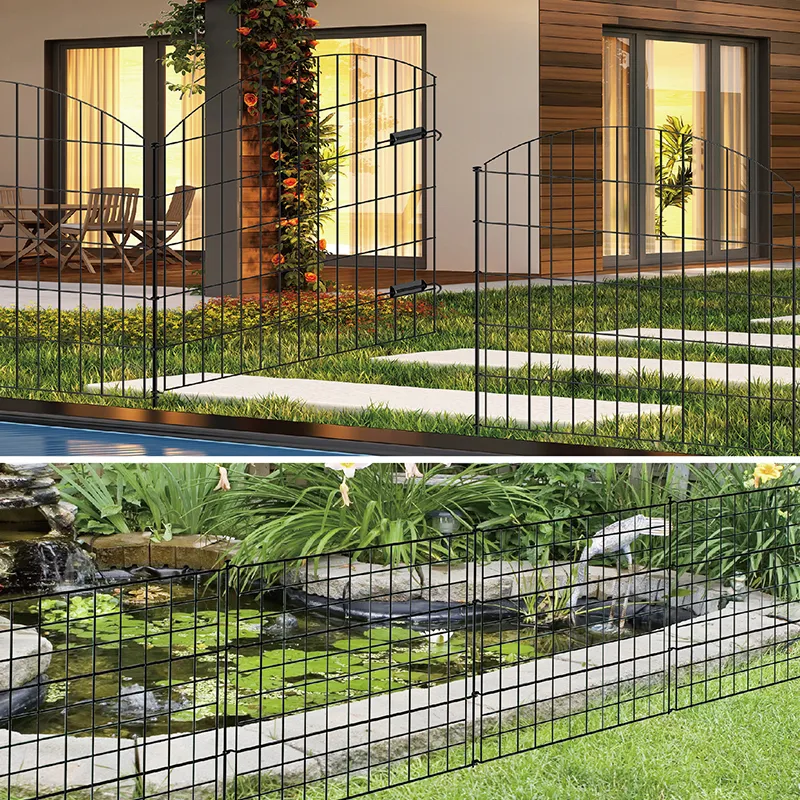Understanding Fence Post Dimensions A Comprehensive Guide
When it comes to constructing a fence, one of the most crucial aspects to consider is the dimensions of the fence posts. Fence posts are the backbone of any fencing system, providing stability and support for the structure. Choosing the right dimensions ensures not only the longevity and durability of the fence but also its aesthetic appeal. In this guide, we will explore the various factors influencing fence post dimensions and how to determine the appropriate size for your specific needs.
Importance of Getting Dimensions Right
Incorrect fence post dimensions can lead to several problems. Posts that are too short may not provide adequate support, resulting in a wobbly or unstable fence. Conversely, excessively long posts can be overbuilt for the fence’s purpose, leading to unnecessary costs and installation challenges. Hence, understanding the right dimensions is paramount for a successful fencing project.
Standard Post Sizes
Generally, traditional wood fence posts come in several standard sizes, most commonly 4x4 inches, 6x6 inches, or 4x6 inches. The size you choose corresponds to the type of fence being constructed. For example, a picket fence may only require 4x4 posts, while a heavier, more robust fence like a privacy fence might necessitate 6x6 posts for added strength.
Post height is another critical dimension. For most residential fences, the standard height ranges from 4 to 6 feet above ground. However, if you are constructing a security or boundary fence, you may need to consider taller posts to achieve the desired level of privacy and security. Also, remember that a portion of the post will be buried in the ground—usually about one-third of the total height.
Considering Material Type
fence post dimension

The material you select for your fence post also affects its dimensions. Wood, vinyl, and metal posts have different structural properties and weight-bearing capabilities. For instance, metal posts are generally thinner yet stronger than wood posts, allowing them to support heavy gauge fencing with smaller dimensions. Conversely, wooden posts often need to be larger to provide the same level of support as metal.
Local Climate and Soil Conditions
Additionally, local climate and soil conditions play a significant role in determining post dimensions. In areas with high winds or heavy snowfall, taller and thicker posts may be necessary to withstand the elements. Similarly, loose or sandy soils may require deeper holes and thicker posts to support the weight and prevent shifting. When planning your fencing project, always consider the natural conditions of the area where the fence will be installed.
Installation Tips
When installing fence posts, it’s recommended to dig a hole that is about one-third the height of the post. For example, if you have a 6-foot tall post, aim for a hole that is approximately 2 feet deep. Use concrete for additional stability, especially for taller fences. Allow the concrete to cure fully before attaching the fencing panels to ensure maximum support.
Conclusion
In summary, selecting the correct fence post dimensions is essential for a successful fencing project. By understanding the standard sizes, considering the material, evaluating local conditions, and following proper installation techniques, you can ensure a sturdy and visually appealing fence. Whether you are building a decorative boundary or a secure enclosure, taking the time to plan and execute the right dimensions will pave the way for a satisfying and durable construction. Always remember the right post dimensions lead to the right results!
















